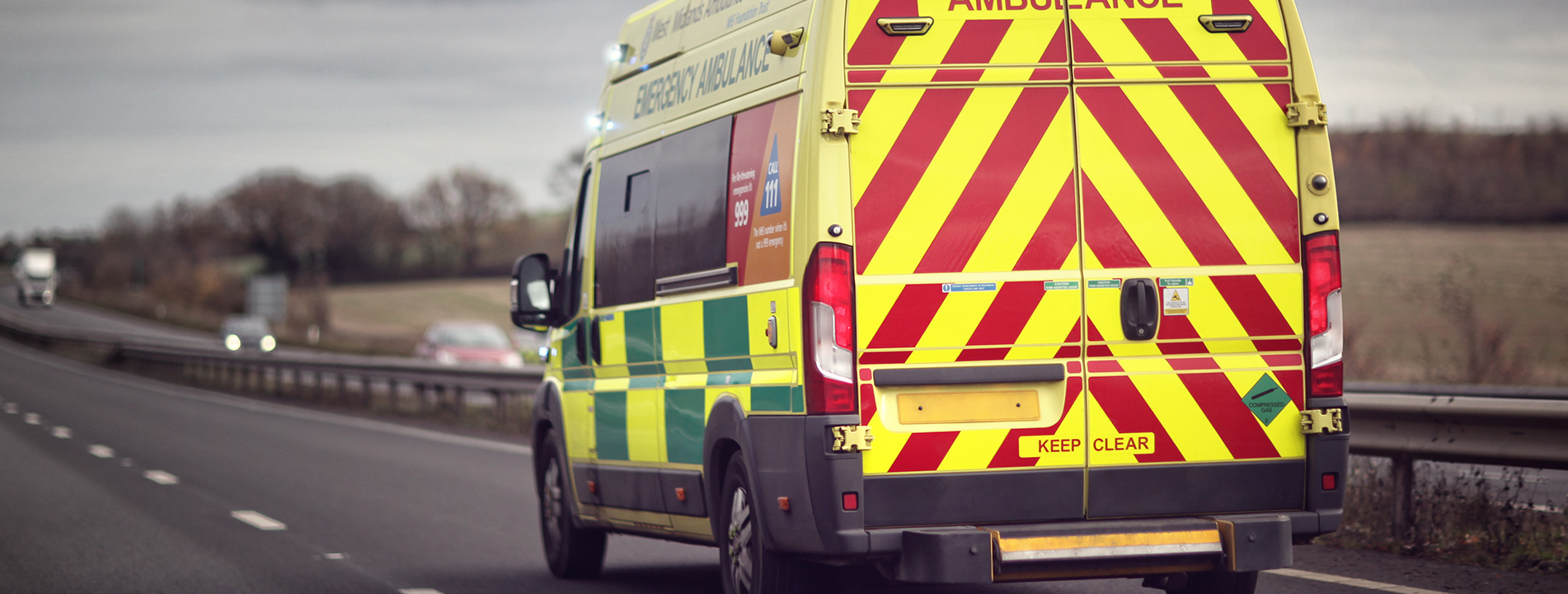New statistics from the Department for Transport show that 1,602 people lost their lives on Britain’s roads in the past year, with vulnerable users and young motorists continuing to face the greatest risks.
Jack Cousens, head of roads policy at the AA, described the findings as deeply concerning:
“Every death and serious injury on our roads is a tragedy. Sadly, the figures show little to no improvement in reducing the number of people injured on our roads, highlighting the urgent need for a comprehensive road safety strategy. Motorcyclist fatalities rose by 8% in a year, while pedestrian deaths increased by 1%. More needs to be done to help protect vulnerable road users to ensure they get to their destinations safely.”
Young drivers are disproportionately affected, with the data confirming that young motorists and their passengers remain overrepresented in the casualty figures. According to the Department for Transport’s Young Driver Factsheet 2024, in collisions involving at least one young driver, passengers made up 21% of those killed or seriously injured (KSI). By comparison, in crashes involving drivers of other age groups, passenger casualties accounted for 14% of KSI.
Rural roads are particularly hazardous for young drivers, with nearly half (49%) of their serious or fatal collisions occurring in these environments, compared with 42% among older drivers. Seatbelt use also remains a significant issue, with 17% of younger drivers involved in serious crashes not wearing their seatbelts, compared with just 6% of drivers aged 50 or above.
Cousens stressed the importance of stronger measures to protect novice drivers:
“These figures highlight the continued concern about young, novice drivers and their passengers. Implementing certain changes, such as limiting new drivers under the age of 21 from carrying peer-aged passengers for a short term of six months after passing their test, could save lives.”


